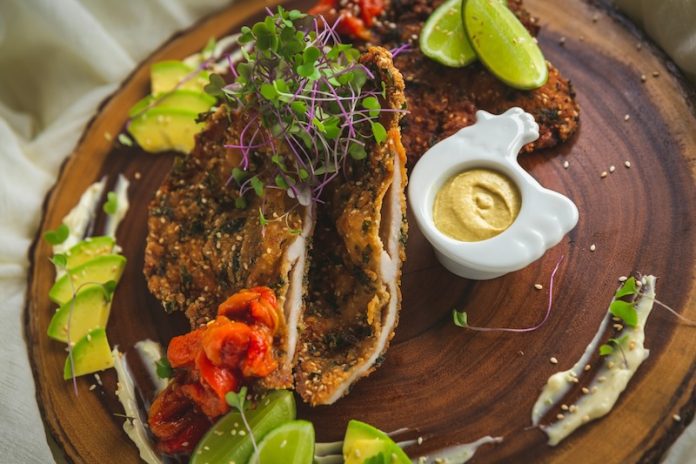
Embarking on a low-carb, high-fat (LCHF) diet can be a transformative journey, but it’s essential to approach it with the right knowledge and preparation.
This diet emphasizes reducing carbohydrate intake and replacing it with fats, leading to changes in how your body sources energy.
At its core, the LCHF diet is based on the premise that lowering carbohydrate intake significantly leads to a metabolic state known as ketosis. In ketosis, the body starts burning fat for energy instead of carbohydrates.
This shift not only helps with weight loss but may also lead to improved energy levels and mental clarity.
Research has consistently shown the benefits of a LCHF diet for weight loss. A study published in the New England Journal of Medicine compared low-carb diets to low-fat diets and found that individuals on low-carb diets lost more weight and experienced a more significant reduction in triglyceride levels.
Another critical aspect of the LCHF diet is its potential impact on type 2 diabetes. A study in the journal Nutrition & Metabolism highlighted that participants on a low-carb diet managed to reduce, or even eliminate, their need for diabetes medication.
Getting started on an LCHF diet involves more than just choosing the right foods; it’s about a shift in dietary philosophy. First, it’s crucial to understand which foods are low in carbohydrates.
These include meats, most dairy products, nuts, seeds, and non-starchy vegetables. On the other hand, foods like bread, pasta, rice, and sugary snacks are high in carbohydrates and should be limited.
Fats will become your new energy source, so embracing good fats is essential. These include sources like avocados, coconut oil, butter, olive oil, and fatty fish.
It’s a myth that eating fat is inherently bad for you; in fact, fats are vital for the absorption of certain vitamins and for providing energy.
When you start, it’s common to experience a few days of feeling unwell, often called the “keto flu.” Symptoms like headaches, fatigue, and irritability are typical as your body adjusts to burning fat instead of carbs. Drinking plenty of water and getting enough salt can help mitigate these symptoms.
It’s also wise to be mindful of the potential risks. Restricting carbohydrates too much can lead to a lack of essential nutrients if not carefully managed.
Therefore, it’s advisable to consult with a healthcare provider or a dietitian before starting, especially if you have underlying health conditions.
Another practical tip is to gradually decrease your carb intake over a few weeks, which can make the transition smoother and less shocking to your system.
Tracking your food intake, at least in the early stages, can also help you understand how many carbs you’re consuming and make necessary adjustments.
Moreover, the LCHF diet is not just about losing weight. It has been associated with other health benefits, such as reduced inflammation and improved markers of heart health.
However, the diet’s long-term effectiveness and safety remain under investigation, and it might not be suitable for everyone.
In summary, starting a low-carb, high-fat diet requires thoughtful planning and consideration. By understanding the foods involved, preparing for initial side effects, and knowing the potential health impacts, you can effectively navigate this dietary change.
As always, personalized advice from healthcare professionals is recommended to ensure that this diet is suitable for your individual health needs.
Follow us on Twitter for more articles about this topic.
Copyright © 2024 Scientific Diet. All rights reserved.





